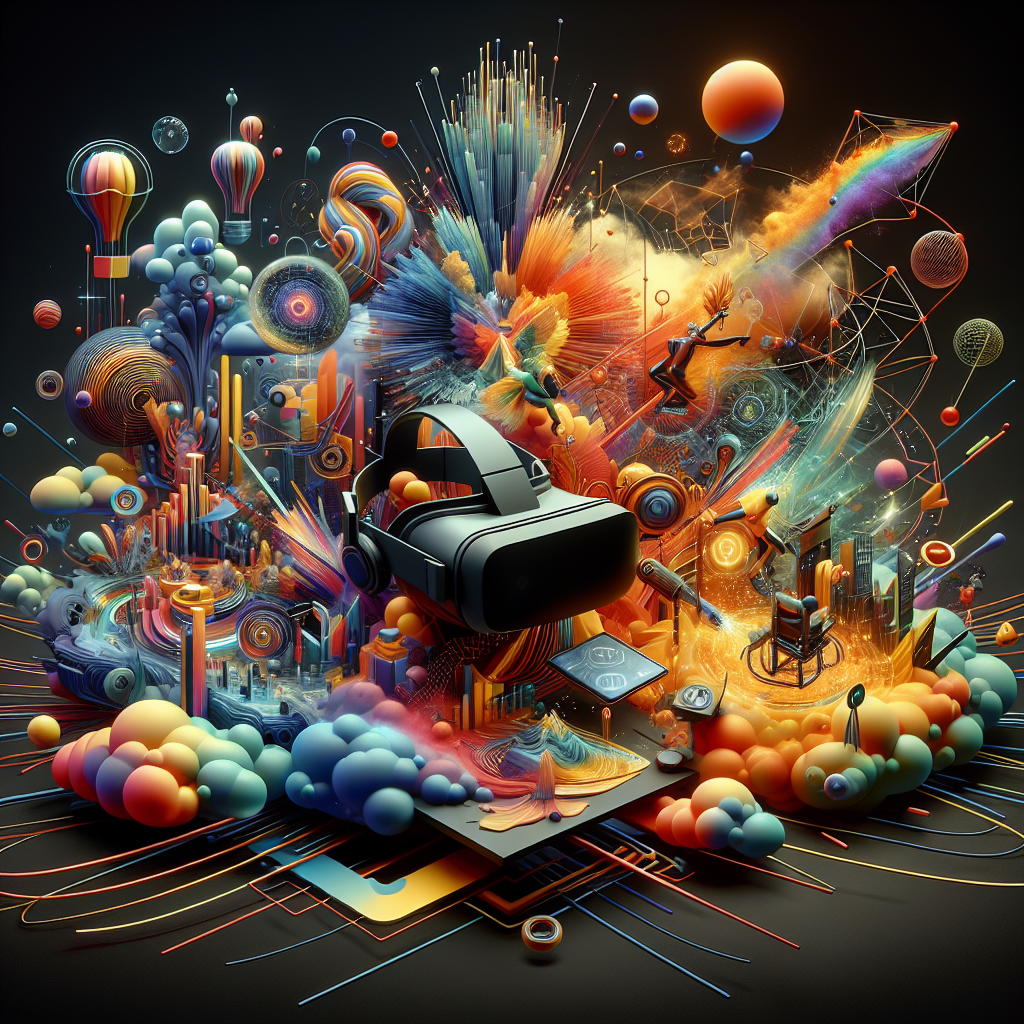The world of Extended Reality (XR) is evolving at an unprecedented pace in 2024. As we dive deeper into the realms of Virtual Reality (VR), Augmented Reality (AR), and Mixed Reality (MR), understanding the dynamics of the market and the key players involved becomes crucial. This article will explore the current state of XR technology, highlighting the significant contributions from major platform players while providing insights into trends shaping the industry.
The Growing Significance of XR Technology
XR technology is no longer a futuristic concept; it has stepped into the mainstream, finding applications across various sectors—from entertainment to education and healthcare. The adoption of XR solutions has surged, fueled by advancements in hardware and software and an increasing demand for immersive experiences. The positive trajectory of XR is evident in:
- Diverse Applications: XR is revolutionizing industries, enabling businesses to enhance training sessions, improve product design, and engage customers in innovative ways.
- Accessibility: With the reduction in costs for hardware and software, XR experiences are more accessible than ever to a broader audience.
- Community and Collaboration: XR solutions foster social interactions and collaborations, enhancing remote work experiences and community building.
The Major Players Shaping XR in 2024
The XR landscape is characterized by a few dominant players who are pushing the envelope in terms of technology, creativity, and market influence. Here are the key players in 2024 shaping the XR ecosystem:
1. Meta Platforms (formerly Facebook)
Meta continues to be a frontrunner in the XR space with its extensive investments in VR and AR. Their flagship product, the Oculus Quest, has expanded its presence, offering cutting-edge features that cater to gamers, educators, and creatives alike. Meta’s ambitious vision of the Metaverse drives innovation, aiming to create an interconnected digital landscape.
2. Microsoft
With its Hololens and Azure Mixed Reality services, Microsoft remains a pivotal player in the enterprise sector. The Hololens has been widely adopted for training and remote assistance, proving invaluable in sectors such as healthcare and manufacturing. Microsoft’s commitment to integrating XR with cloud technology provides an added layer of functionality that enhances user experiences.
3. Apple
While Apple has traditionally been secretive about its XR ambitions, recent releases underscore its commitment to augmented reality. The rumored Apple Glasses and advancements in ARKit signal a significant push into the consumer market. Apple’s reputation for fostering creativity and user-friendly design positions it as a strong competitor in the XR ecosystem.
4. Google
Google’s investment in XR focuses on AR through products like Google Lens and the continued development of ARCore. The company’s approach emphasizes integrating AR into everyday life, making digital information more accessible and useful. Google recognizes the potential of AR in enhancing user experiences across various applications.
5. Sony
Sony has made significant strides in the VR gaming space with its PlayStation VR headset. As gaming remains one of the primary drivers of XR adoption, Sony’s efforts to enhance interactive experiences through its gaming platforms are noteworthy. With the introduction of new titles and an improved headset, Sony is set to capture the interest of gamers and VR enthusiasts.
Emerging Trends in XR Technology
The XR landscape is not static; it is constantly evolving with new trends ushering in fresh opportunities for innovation. Here are some of the prominent trends permeating the XR market in 2024:
1. Enhanced AI Integration
Artificial Intelligence (AI) is playing a transformative role in XR by enriching user experiences. AI-driven applications enable realistic simulations, personalized content, and adaptive learning experiences. The combination of AI and XR will enhance training programs, gaming, and customer service interactions.
2. Cross-Platform Interoperability
As XR technology matures, there’s a growing emphasis on cross-platform experiences. Users can expect consistent and seamless interactions among different XR environments—whether on a smartphone, VR headset, or AR glasses. This trend will facilitate greater collaboration and engagement across various platforms.
3. Focus on Health and Well-being
XR applications are extending into health and wellness with innovative solutions for mental health therapies, physical rehabilitation, and fitness experiences. Companies are harnessing VR and AR to create engaging pathways for users to improve their mental and physical well-being.
4. Sustainability Efforts
As awareness grows around sustainability, XR companies are exploring eco-friendly practices in their operations and product offerings. From energy-efficient devices to XR solutions that support environmental education, the intersection of XR and sustainability is becoming a focal point for innovation.
Challenges Ahead for XR Technology
While the outlook for XR technology is bright, challenges remain that must be addressed for sustained growth:
- Privacy and Security Concerns: As XR applications become more integrated into daily life, users’ data privacy must be prioritized to foster trust in these technologies.
- Content Creation: The demand for high-quality content will continue to rise, requiring companies to invest in skilled talent and innovative experiences.
- Hardware Limitations: Despite advancements, physical hardware still poses limitations in terms of comfort, battery life, and overall accessibility for users.



0 Comments